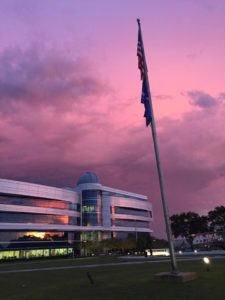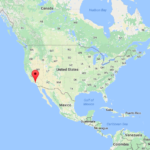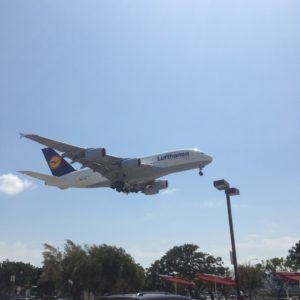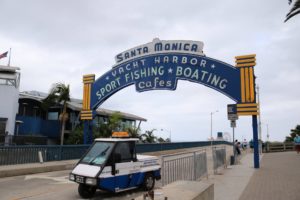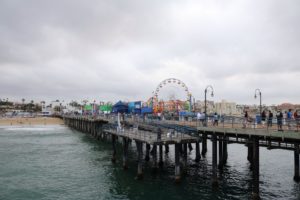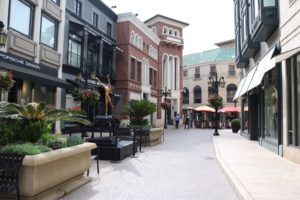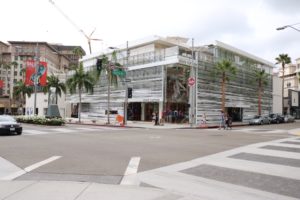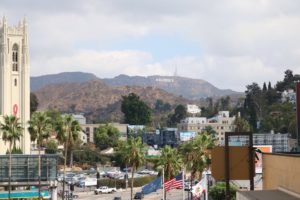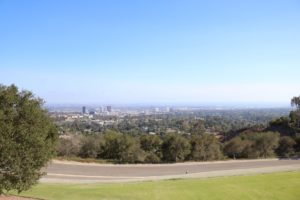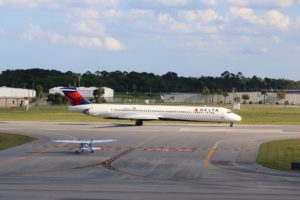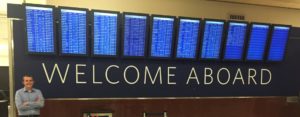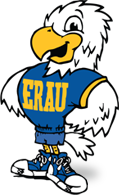We’re back! I haven’t posted an update in the three weeks I’ve been here, so I feel terrible about that! A lot of stuff has happened since May so I’ll do my best to recap everything since.
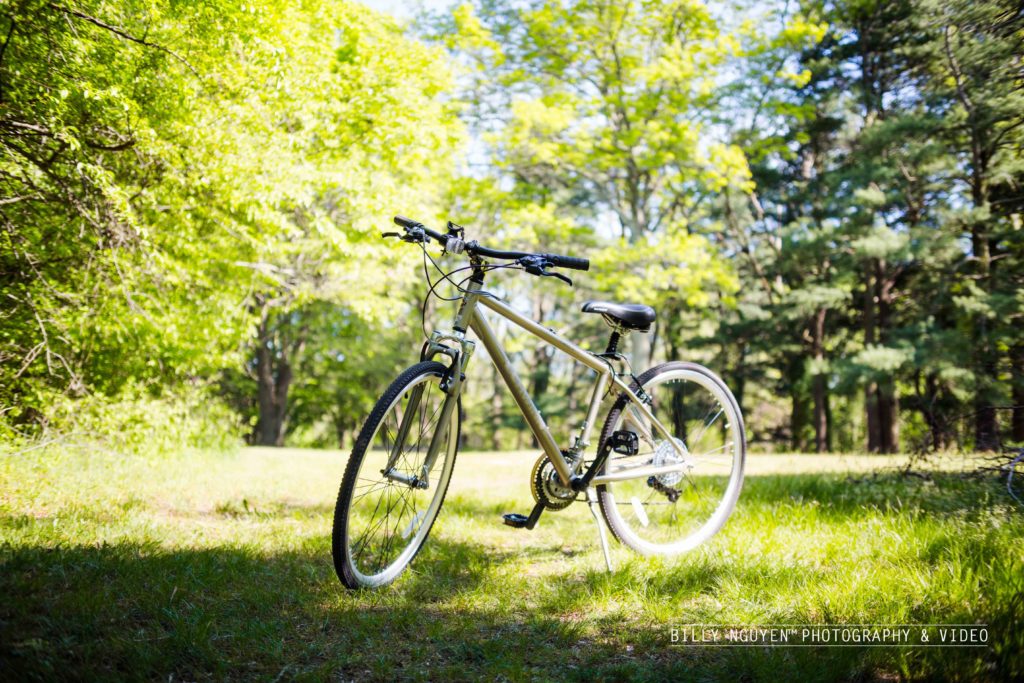
Thanks to Pokemon GO, I learned that I could bike for three hours straight.
Summer vacation was actually an enjoyable experience for me! I took a chemistry class and lab at my local community college, got to spend a lot of time in New York City, and hung out with my friends. As always, I wish I was able to do more, but with school and scheduling conflicts there was only so much I could do.
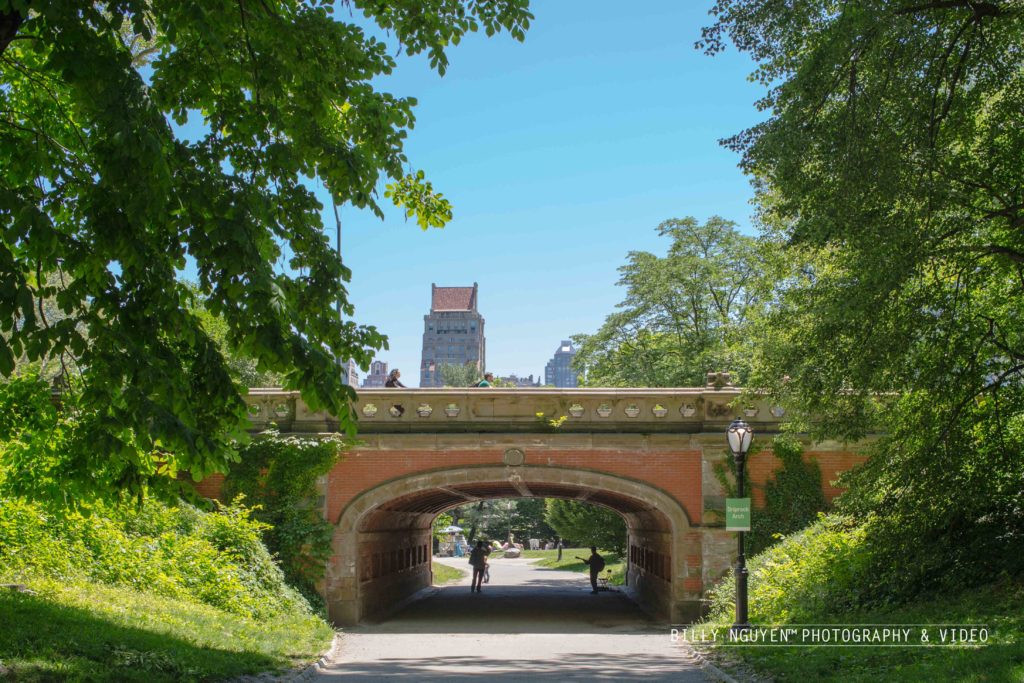
Central Park is still my favorite place in New York City.
The chemistry class and lab were very interesting. I haven’t taken chemistry since sophomore year of high school so trying to recall all knowledge on the subject was a fruitless affair. I can say with definite certainty that I did not miss chemistry, and I’m glad that I won’t have to do anything else with it soon. It’s funny though, after taking the class, it seems like all of my courses are becoming a bit reliant on chemistry.
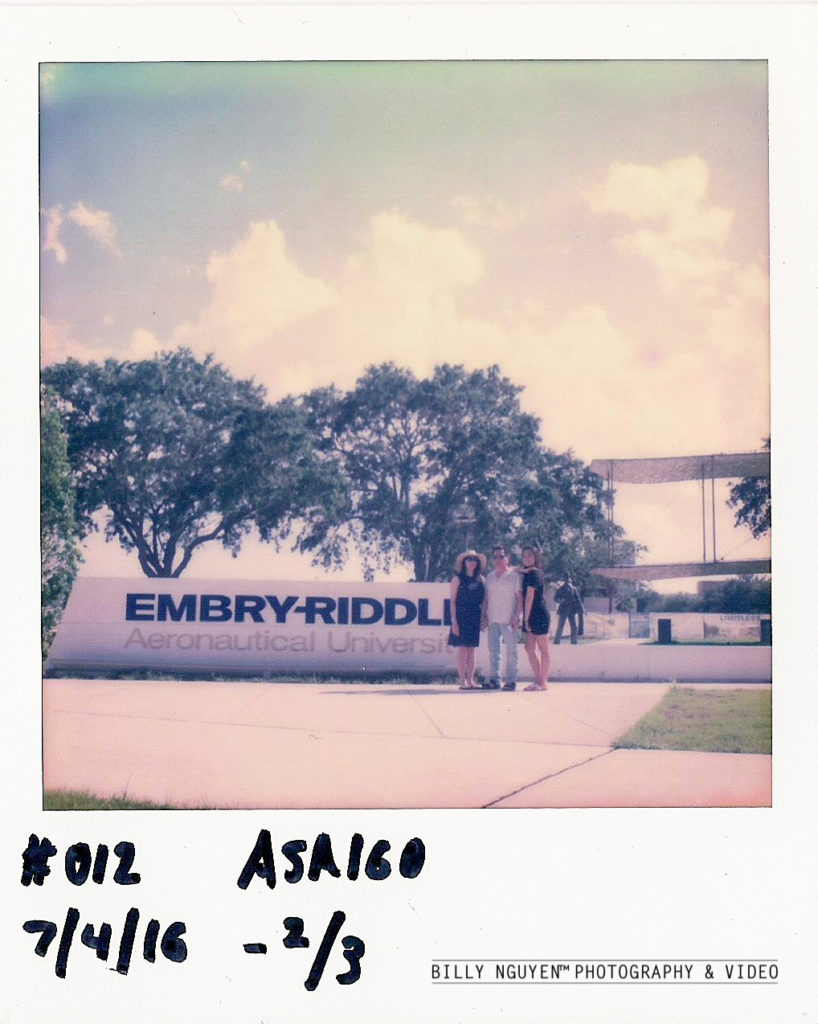
Before school though, my family decided to take a road trip from NJ to FL.
Over the summer I also bought myself an old Polaroid camera, and I love it. The Polaroid SX-70 is definitely no Canon 5D Mark III, but you don’t buy an old camera to use for work: You buy an old camera because it’s fun to use. I love how the camera taught me shutter discipline and forced me to think about the photos I take. If anyone is interested in seeing more Polaroids, follow my Polaroid Instagram @oldformat!
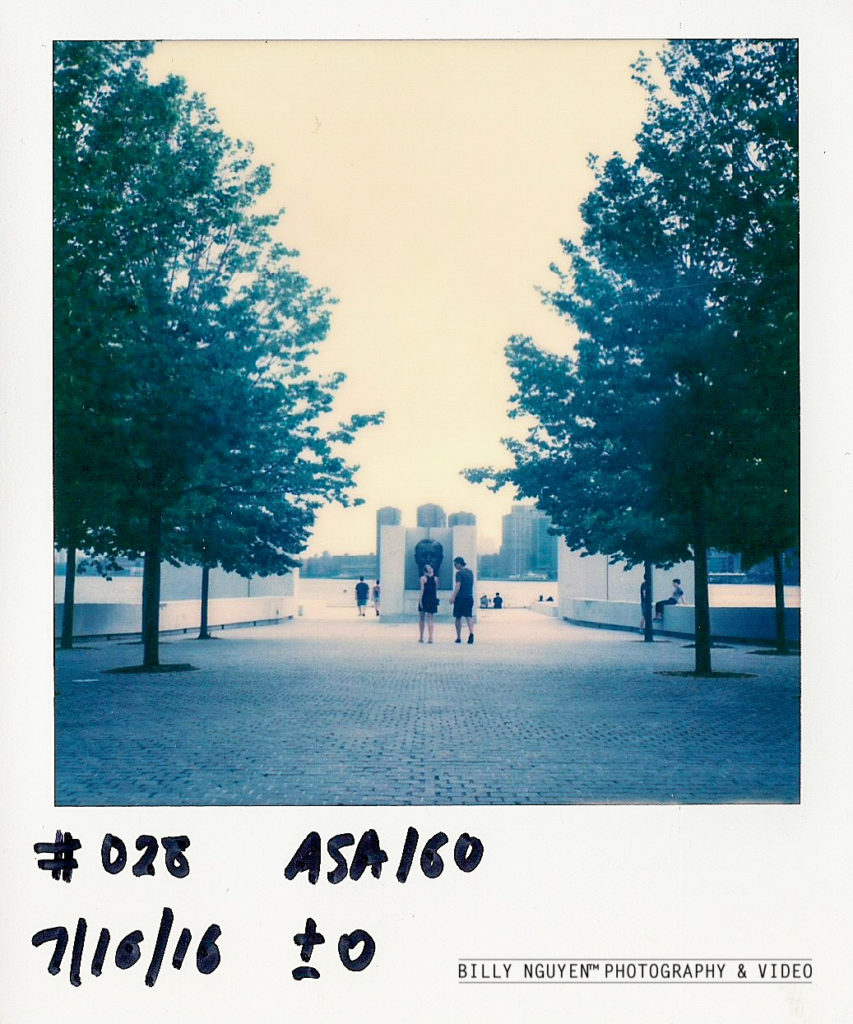
Roosevelt Island is really neat too! This is where you can get nice photos of the UN Building.
Another memorable experience for me this summer was that I got to fly in a small airplane for the second time in my life! My friend invited me to join him on a flight down to Cape May, NJ, which was like a 45 minute flight when compared to the 1 hour and 35 minute drive it would’ve been. We flew on a Piper Arrow and it was very relaxing to fly in. Yes, my friend actually let me fly it for most of the flight and it was such a surreal experience.
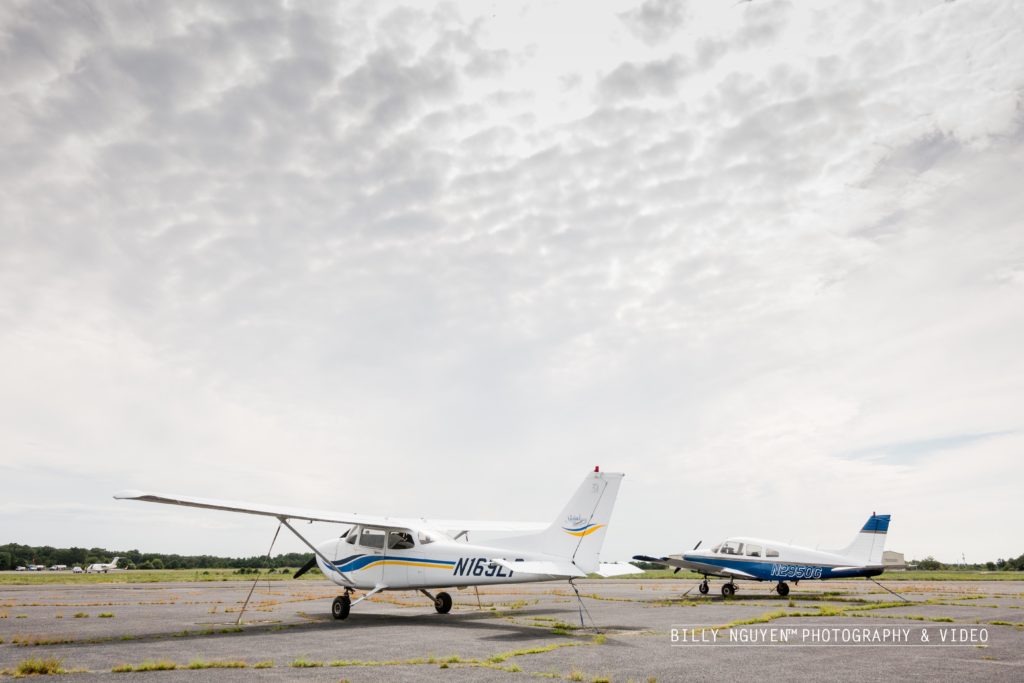
*Flies complex airplane* *Proceeds not to take photo of it*
As summer came to close, I said my goodbyes, packed my things, and sat on the AutoTrain for 17 hours for my trip back to Daytona Beach to start the semester. Going into this semester, I had a “Go get ’em” attitude about it, and I think that’s really important to have. You need to be motivated to tackle a semester or else you’ll start to slowly get bogged down with school work and commitments.
As far as commitments go, I’m now the Photo Editor for The Avion Newspaper, I’m still a tutor for the Digital Studio, and I currently have five classes. Even with all of these things taking up a majority of my time, I still somehow manage to find time to spend with friends.
For instance, a week or two ago I went to Disney World for the first time. Yes, shocker right? I spent like ten hours at Epcot and three hours at Magic Kingdom. It was amazing, and it was even more amazing since I got in for free! Though, I probably spent an admissions worth of money on pins.
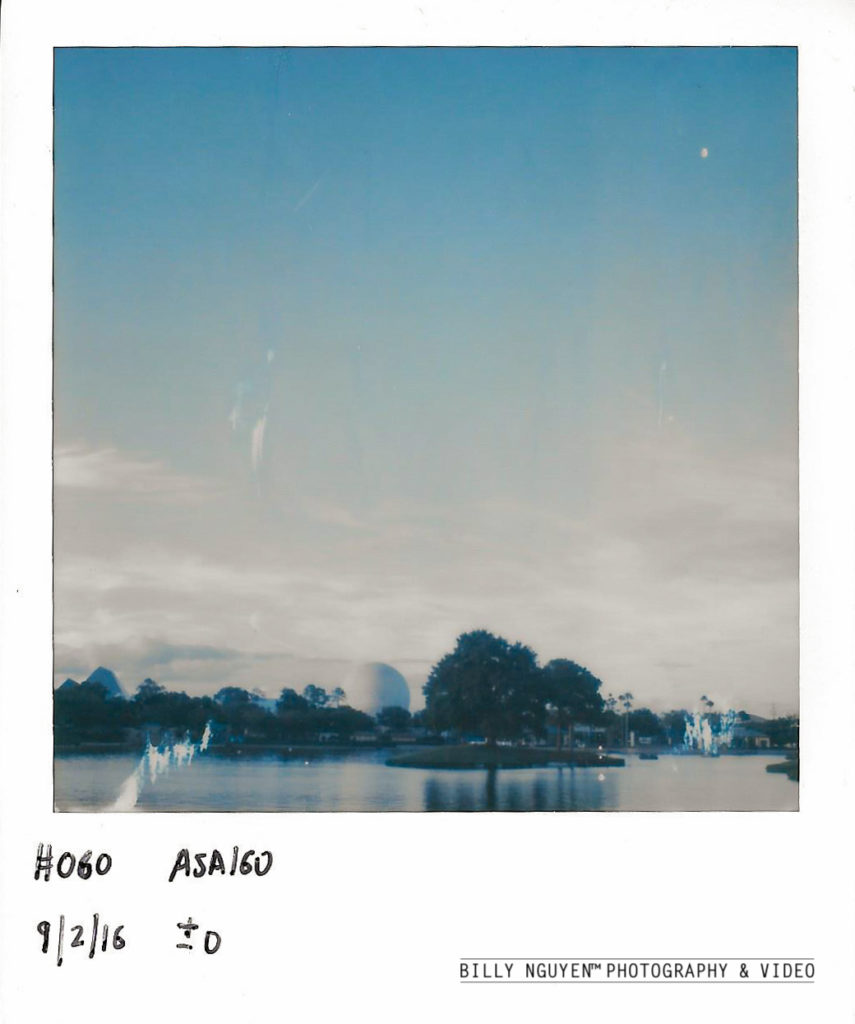
Epcot is the best park.
Last week, I got to see a rocket launch and it felt nice to be back at Riddle doing what I loved: Photography. With all of this stuff happening within the first three weeks of the semester, I can’t wait to see what Fall 2016 has in store for me.
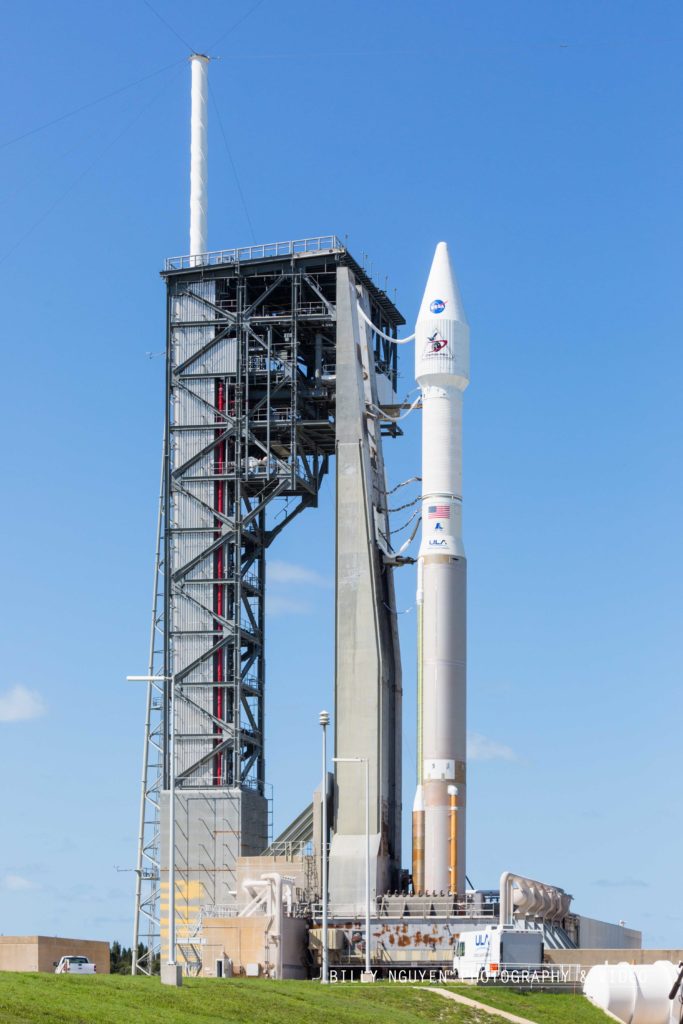
Oh, hello there OSIRIS-REx.
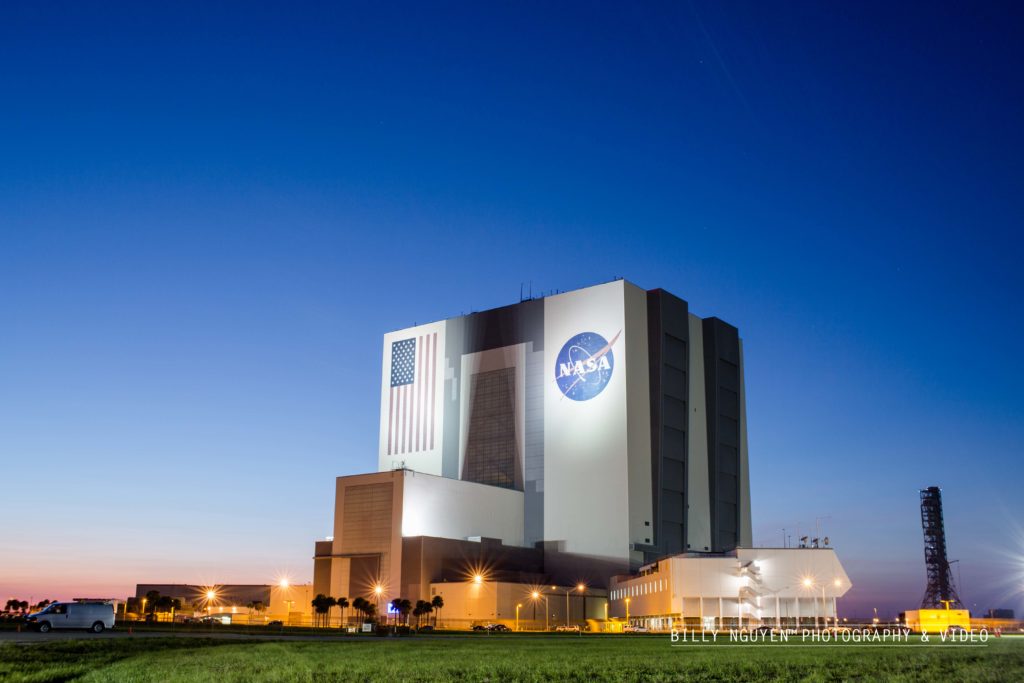
SPACE.
Until the next update, remember to make smart choices and be curious!


